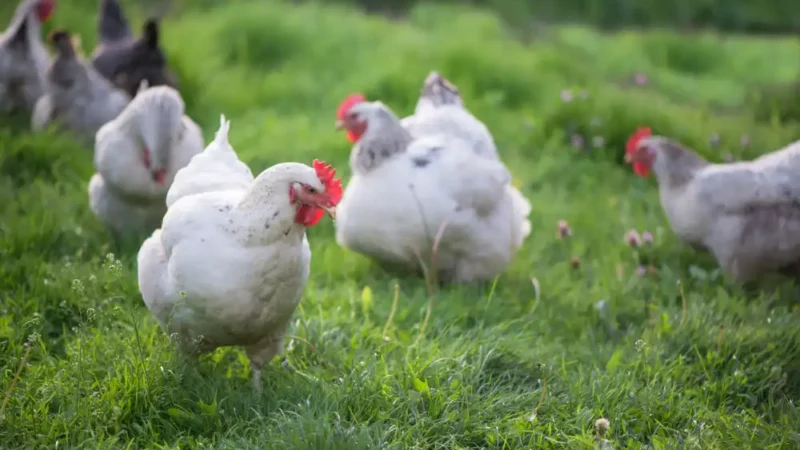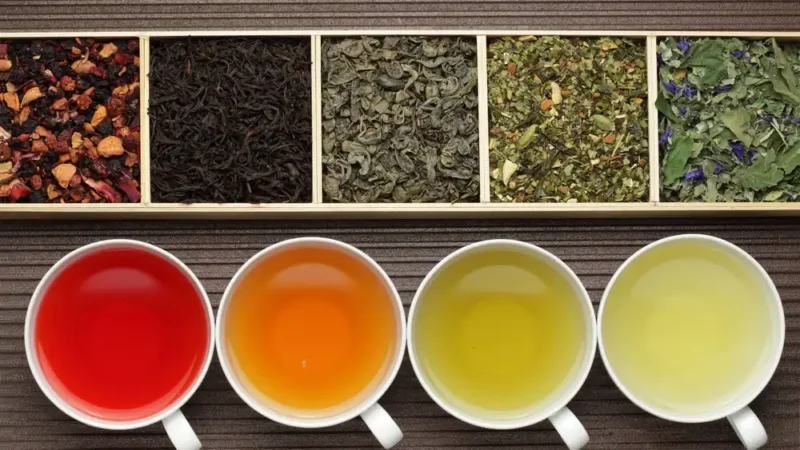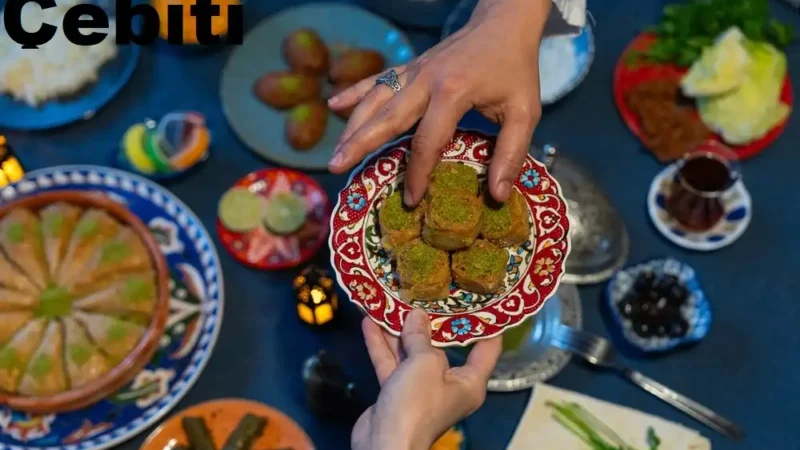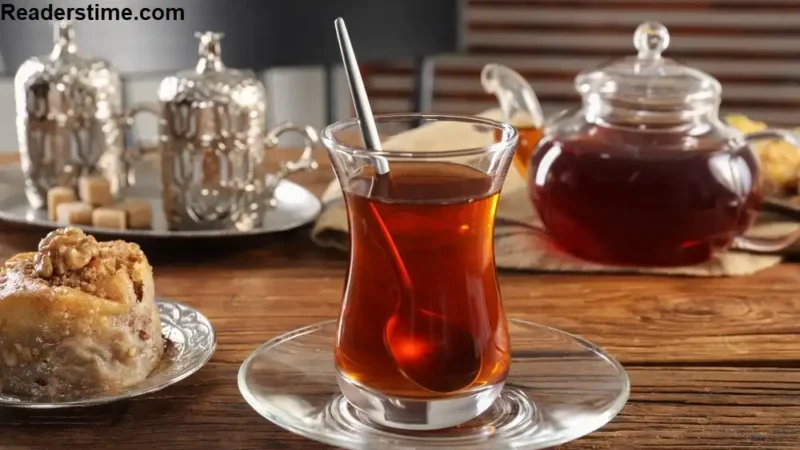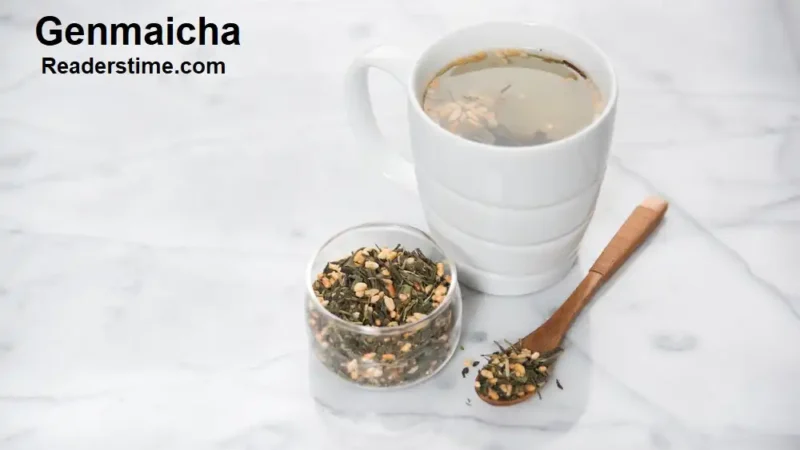A Flavorful Journey Through Spice Blends with Maslaaseen
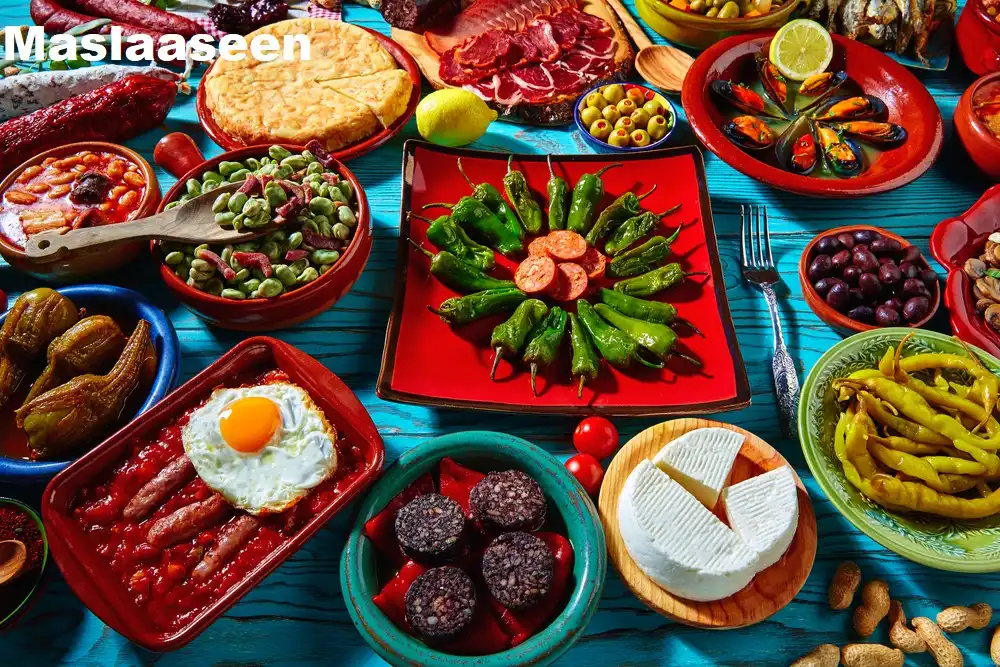
Introduction
Maslaaseen refers to a distinctive blend of herbs and spices that creates an aromatic and flavorful mixture used to season a variety of dishes. Rooted deeply in culinary history, maslaaseen has evolved across cultures, becoming a staple in kitchens worldwide. This article explores the history, preparation, cultural significance, health benefits, and modern adaptations of maslaaseen.
Historical Background
The origins of maslaaseen can be traced back to ancient trade routes such as the Silk Road and maritime paths that facilitated the exchange of spices across continents. These spice blends emerged as talented chefs and cooks experimented with various combinations to create the maslaaseen we know today. The demand for these exotic spices even influenced exploration, with European expeditions seeking new sources for these prized ingredients. Over centuries, the maslaaseen blend became an integral part of many regional cuisines, each with its own unique twist depending on local ingredients and cultural preferences.
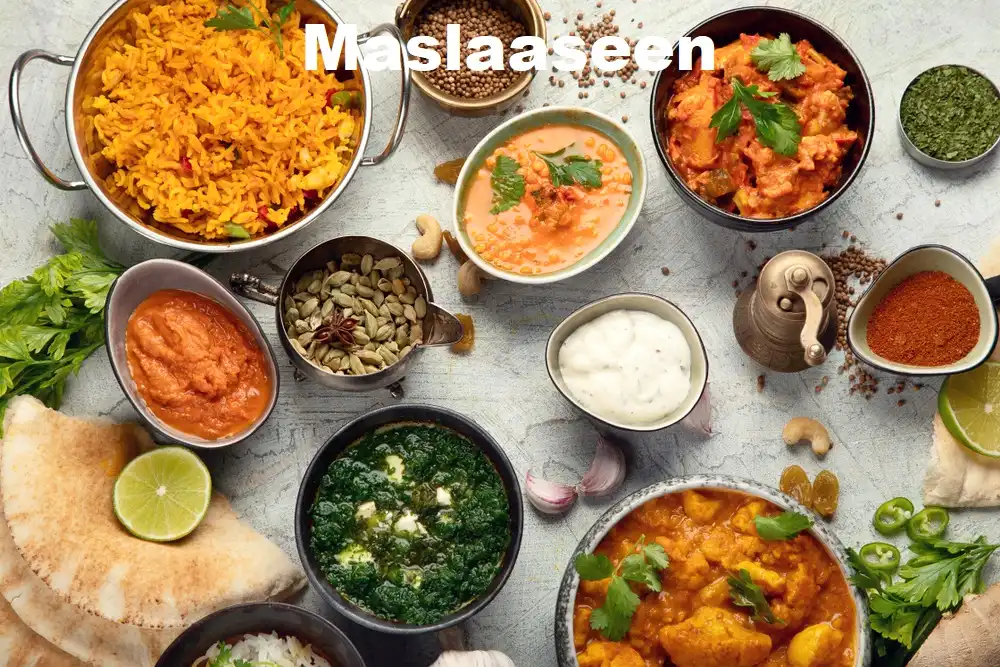
Evolution Over Time
As the spice trade flourished, maslaaseen recipes began to diversify. In the Middle East, maslaaseen blends would often include cardamom, saffron, and nutmeg, creating rich and complex flavors that paired well with lamb and rice dishes. In India, the maslaaseen blends incorporated an array of spices such as cloves, cumin, and coriander, forming the backbone of various curries and dals. Each culture’s adaptation of maslaaseen contributed to its unique culinary identity, demonstrating the blend’s versatility and universal appeal.
Ingredients and Preparation Techniques
Key Ingredients
Traditional maslaaseen typically includes a variety of spices that are meticulously chosen to complement each other:
Cumin: Adds a warm, earthy flavor that serves as a foundational note in many maslaaseen blends.
Coriander: Provides a citrusy, slightly sweet taste that balances the more robust spices.
Turmeric: Offers a vibrant yellow color and a subtle bitterness that enhances the overall profile of the blend.
Pepper: Adds heat and depth, making the blend more dynamic.
Garlic and Ginger: Enhance the overall aroma and contribute a pungent, spicy element that rounds out the maslaaseen.
Preparation
To prepare maslaaseen, these spices are typically ground together using a mortar and pestle or a spice grinder, ensuring they are finely blended. The ground spices are then mixed with other ingredients like yogurt, oil, or vinegar to form a thick paste. This paste is used to marinate meats, seafood, or vegetables for several hours or overnight, allowing the flavors to penetrate deeply. The marinated ingredients are then cooked slowly, often in a covered pot or slow cooker, to develop a rich and complex taste. This method ensures that the flavors meld together harmoniously, creating a dish that is both aromatic and deeply satisfying.
Cultural Significance
Maslaaseen holds a significant place in various culinary traditions around the world. It is an essential component in many regional cuisines, from Middle Eastern dishes to Indian curries, showcasing its versatility and widespread appeal. Each culture has adapted the blend to suit local tastes and available ingredients, resulting in a wide variety of maslaaseen recipes. These spice blends are not only used in everyday cooking but also feature prominently in special occasion dishes, symbolizing celebration and culinary excellence.
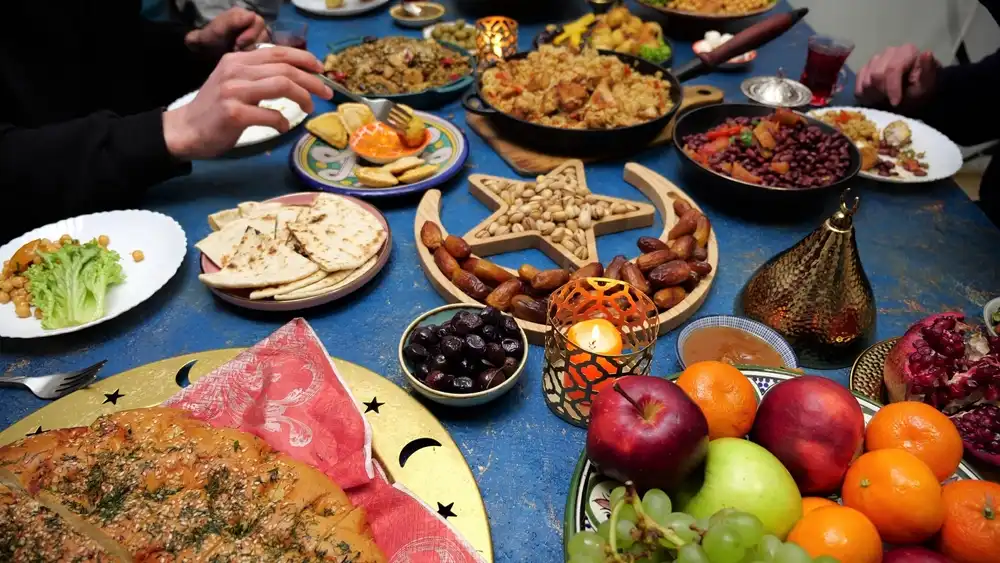
A Bridge Between Cultures
Maslaaseen serves as a cultural bridge, uniting people through a shared love for flavorful food. Immigrants often blend their homeland’s flavors into their new homes, creating a poignant example of how food can foster cultural exchange and unity. Stories of families preserving their culinary heritage through maslaaseen recipes illustrate the blend’s role in maintaining cultural identity and continuity across generations.
Regional Variations
In Middle Eastern cuisine, maslaaseen blends are often used to season meats for dishes like kebabs and shawarma, where the spices’ complexity complements the richness of the meat. In Indian cuisine, maslaaseen is the foundation of various curries, biryanis, and even snacks like samosas. Each region’s interpretation of maslaaseen reflects its unique culinary traditions and ingredients, from the use of saffron in Persian cooking to the inclusion of mustard seeds in South Indian cuisine.
Health Benefits
Maslaaseen is not only valued for its flavor but also for its health benefits. The spices commonly used in maslaaseen possess medicinal properties that contribute to overall well-being:
Turmeric: Known for its anti-inflammatory and antioxidant properties, turmeric helps reduce inflammation and combat oxidative stress in the body.
Cumin: Aids in digestion, boosts the immune system, and has been shown to have antibacterial properties.
Coriander: Has detoxifying effects, supports digestive health, and may help lower blood sugar levels.
Cinnamon: Contains powerful antioxidants, can help regulate blood sugar levels, and has anti-inflammatory effects.
Incorporating maslaaseen into daily meals can contribute to a holistic wellness diet, promoting overall health and well-being. Many nutritionists recommend adding maslaaseen to dishes as a way to enhance flavor while also reaping the health benefits of its constituent spices.
Modern Adaptations and Fusion Cuisine
Contemporary chefs and home cooks have embraced maslaaseen, experimenting with new ingredients and methods to create innovative dishes. Modern adaptations include maslaaseen-inspired pizza, tacos, and wraps, blending traditional flavors with global cuisines. These fusion creations highlight the versatility of maslaaseen and its ability to evolve with changing culinary trends. Chefs are using maslaaseen in unexpected ways, such as in desserts or cocktails, demonstrating its wide-ranging potential.
Maslaaseen in the Modern Kitchen
Despite the lure of convenience foods, many modern home cooks and chefs are reviving old traditions by making maslaaseen from scratch. Adding personalized touches to family recipes allows them to reconnect with their culinary heritage. Food bloggers are sharing their journeys with maslaaseen, inspiring enthusiasts to blend their own mixes at home. This revival shows that in a fast-paced world, people yearn for the authenticity and meaning found in traditional practices like preparing maslas by hand.
Sustainable Practices
The production of maslaaseen necessitates sustainable practices to ensure the longevity of rare spices. Ethical sourcing, fair labor practices, and minimal environmental impact are crucial for maintaining the future of maslaaseen and supporting the communities that rely on its harvest. Small farmers adopting traditional methods, along with larger eco-friendly initiatives, aim to nurture the land that yields these treasured ingredients. This stewardship ensures that both maslaaseen and the communities that produce it can thrive for generations to come.
Conclusion
Maslaaseen is more than just a spice blend; it is a culinary phenomenon that represents unity, diversity, and the power of food to bring people together. Its rich history, diverse applications, and health benefits make it an invaluable addition to any kitchen. Whether enjoyed in traditional dishes or modern fusion creations, maslaaseen continues to inspire and delight food lovers around the world. By exploring and experimenting with maslaaseen, you can bring a world of flavors to your kitchen, enjoying both its culinary and health benefits.
FAQs
What are the key ingredients in maslaaseen?
Cumin, coriander, turmeric, pepper, garlic, and ginger are some of the essential ingredients that make up a traditional maslaaseen blend. Each of these spices contributes a unique flavor profile, enhancing the overall taste of the dish.
How can I make maslaaseen healthier?
To make maslaaseen healthier, you can use lean meats or vegetables instead of meat and opt for low-fat yogurt in the marinade. Additionally, incorporating fresh herbs and reducing the amount of salt can enhance the nutritional value of the blend.
Is maslaaseen suitable for vegetarians?
Yes, maslaaseen is highly versatile and can be used to season a variety of vegetarian dishes. Vegetables like potatoes, cauliflower, or paneer can be marinated in maslaaseen and cooked to create flavorful vegetarian meals.
Where can I find maslaaseen?
Maslaaseen blends can be found in specialty spice shops, ethnic supermarkets, or online retailers. Many stores offer pre-made maslaaseen blends, while others provide the individual spices needed to create your own custom mix.
Can I create my custom blend at home?
Absolutely! Creating your custom blend allows you to tailor the flavors to your liking. Start with a base of traditional spices and adjust the ratios according to your taste preferences. Experimenting with different combinations can lead to discovering your perfect maslaaseen blend.

